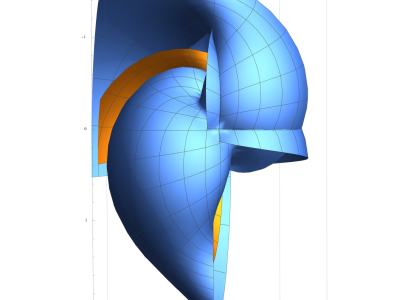
For praising Yahowah, Yeshua ben Joseph the living one Allaha, do I publish these mathematical gesturing forms by His graciousness.
- Categories:

For praising Yahowah, Yeshua ben Joseph the living one Allaha, do I publish these mathematical gesturing forms by His graciousness.

I met Yeshua Ben Joseph, Yahowah, the living Allaha in person in 2007, and this work, may it be entirely unto His grace.
The Cone of Perception 4th Edition Table of Contents
1. Introduction to the 4th Edition
2. The Meaning of Now
3. The Geometric Pattern of Perception Theorems
i. Math for Transforming a Circle into a Cone
a. Theorem 1 - Difference in the Circumferences of Two Circles
i. Lemma1 ii. Lemma 2 iii.Lemma 3 iv.Lemma 4 v. Lemma 5
b. Theorem 2 - Equilateral Triangle of Instantaneous Velocity = Average Velocity i. Lemma8

Thanks be to Yeshua ben Joseph, Yahowah, the living One Allaha.
This work is a attempt to describe various braches of mathematics and the analogies betwee them. Namely:
1) Symbolic Analogic 2) Lateral Algebraic Expressions 3) Calculus of Infin- ity Tensors Energy Number Synthesis 4) Perturbations in Waves of Calculus Structures (Group Theory of Calculus) 5) Algorithmic Formation of Symbols (Encoding Algorithms)
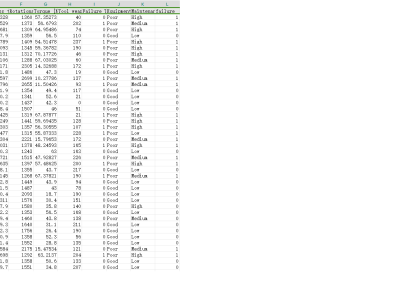
The Machine Failure Predictions Dataset (D_2) is a real-world dataset sourced from Kaggle, containing 10,000 records and 14 features pertinent to IIoT device performance and health status. The binary target feature, 'failure', indicates whether a device is functioning (0) or has failed (1). Predictor variables include telemetry readings and categorical features related to device operation and environment. Data preprocessing included aggregating features related to failure types and removing non-informative features such as Product ID.
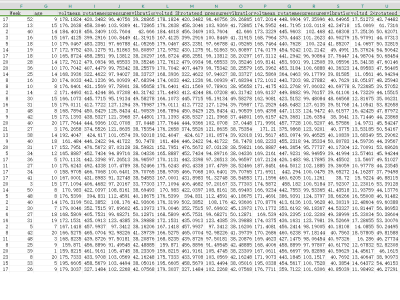
The PdM_telemetry Dataset (D_1) is a synthetic dataset designed to support predictive maintenance (PdM) research for IIoT (Industrial Internet of Things) devices by providing sensor-based telemetry data. This dataset initially comprises 97,210 records and 30 features, including a binary target feature, 'failure', which indicates whether a device will fail within the next 24 hours. The remaining features, such as device operational metrics and error counts, serve as predictors.

During gas hydrate extraction, insufficient heating or depressurization can lead to incomplete hydrate decomposition, resulting
in lower-than-expected actual gas production. In this paper, a method for assessing the degree of hydrate decomposition based on an electronic nose
system is proposed. First, the electronic nose system was developed to
collect the information of gas produced by gas hydrate decomposition
under different humidity conditions. Then, a Convolutional Neural
Network combined with Domain Adaptive Compensation feature
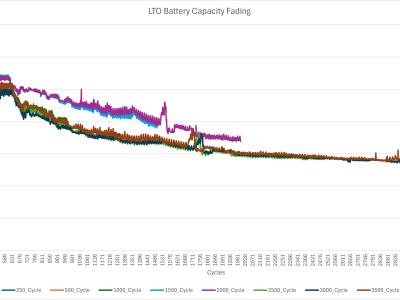
This dataset presents the capacity fade data for eight Lithium Titanate Oxide (LTO) battery cells over progressive charge-discharge cycles. The measurements, recorded at intervals of 250 cycles up to 3500 cycles, track the aging effects on battery capacity over time. The aging procedure includes a rest period of 10 minutes between charging and discharging cycles. Each charging and discharging process was conducted with a constant current of 1 ampere (A). The maximum charge voltage was set to 2.75 volts (V), while the minimum discharge voltage was set at 1.30 V.

IWSLT2017-zh-en;WMT18-zh-en;CoQA
The IWSLT 2017 Multilingual Task addresses text translation, including zero-shot translation, with a single MT system across all directions including English, German, Dutch, Italian and Romanian. As unofficial task, conventional bilingual text translation is offered between English and Arabic, French, Japanese, Chinese, German and Korean.
CoQA is a large-scale dataset for building Conversational Question Answering systems.
Interference signals degrade and disrupt Global Navigation Satellite System (GNSS) receivers, impacting their localization accuracy. Therefore, they need to be detected, classified, and located to ensure GNSS operation. State-of-the-art techniques employ supervised deep learning to detect and classify potential interference signals. We fuse both modalities only from a single bandwidth-limited low-cost sensor, instead of a fine-grained high-resolution sensor and coarse-grained low-resolution low-cost sensor.
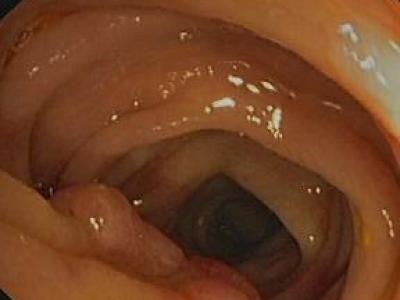
We began by selecting normally exposed images from several prominent endoscopic image repositories, including Kvasir, CVC-ColonDB, CVC-ClinicDB, ETIS-LaribPolypDB, and CVC-300. To simulate exposure anomalies reflective of real-world variations, we utilize the LECARM model, which allows us to apply a random exposure range of (-1,1). This generates a diverse spectrum of exposure anomalies that closely resemble those encountered in clinical settings.